Animation and Game Development
Jump into animation and game development with BrainSTEM! We use Scratch to create animated stories and computer games. This engaging course is designed to teach foundational computer science concepts and foster computational thinking skills in a fun and interactive way.
Our curriculum, based on the Computer Science Teachers Association (CSTA) standards, is meticulously crafted to be self-guided, making it ideal for students from 3rd grade and up. It’s an easy-to-implement program for any organization looking to enrich their offerings with valuable coding skills.
Each lesson in this course is a blend of informative lectures, practical exercises, guided coding activities, and independent projects. These components align with both CSTA and International Society for Technology in Education (ISTE) standards, ensuring a comprehensive learning experience.
A standout feature of our program is the inclusion of a specially designed workbook that guides students through each project. Authored by Dr. Gayle Rosenkranz, an expert in online learning, the workbook provides step-by-step instructions and insights, making coding accessible and enjoyable for beginners.
In this course, students will learn to identify various game styles, create unique game characters and settings, and program their own games using Scratch, an educational platform developed by MIT. By joining our Animation and Game Development program, students will not only bring their creative ideas to life but also acquire crucial skills for the digital age.

What’s Included
BrainSTEM is an all-in-one STEM program service. Once we receive your proposal, we will help you plan and launch your STEM program in as little as 30 days.
We provide
-
- Scratch Coding workbook
- Online platform with complete lesson plan and video lessons
- Professional learning for your staff
- Prizes and awards for students
Contact us to request a proposal
(502) 509-7056
ricky@brainstemu.com
Why teach coding with Scratch?
Ease of Use
Scratch has a user-friendly interface that’s designed for beginners. It uses a block-based coding approach, where students can drag and drop blocks of code to create programs. This makes it easier for students to grasp the basics of coding without getting overwhelmed by syntax.
Develops Computational Thinking
Scratch helps students develop computational thinking skills. It encourages them to break down complex problems into smaller parts, identify patterns, develop and use abstractions, and devise algorithms to solve problems.
Promotes Creativity
With Scratch, students can create a wide range of projects, such as animations, games, interactive stories, and more. This promotes creativity and allows students to express themselves through code.
Encourages Collaboration
Scratch has a large online community where students can share their projects, get feedback, and learn from others. This encourages collaboration and peer learning.
Teaches Problem-Solving
Coding with Scratch involves a lot of problem-solving. Students have to figure out how to translate their ideas into code and troubleshoot when things don’t work as expected.
Prepares for Advanced Coding
While Scratch is a beginner-friendly platform, the concepts students learn can be applied to more advanced programming languages. It provides a solid foundation for students who want to pursue further studies in computer science.
Aligns with Standards
Scratch aligns with several computer science education standards, including those from the Computer Science Teachers Association (CSTA) and the International Society for Technology in Education (ISTE).
Facts about Coding
Importance of Coding: Coding is a fundamental skill in today’s digital age. It’s the backbone of many industries, including technology, finance, healthcare, and more. Coding helps in creating software, websites, apps, and other digital tools we use daily.
Demographics: According to the U.S. Bureau of Labor Statistics, there were about 174,400 computer programming jobs in 2021. The largest employers of computer programmers were in computer systems design and related services (32%), self-employed workers (9%), finance and insurance (7%), manufacturing (6%), and software publishers (5%). (www.bls.gov)
Average Pay: The median annual wage for computer programmers was $93,000 in May 2021. The lowest 10 percent earned less than $47,560, and the highest 10 percent earned more than $155,240. (www.bls.gov)
Impact: The aerospace and defense (A&D) industry generated $391 billion in economic value, representing 1.7 percent of total nominal GDP in the US (source).
Problems They Solve: Computer programmers solve a wide range of problems. They create software to automate tasks, develop systems to manage data, build platforms for e-commerce, and much more. Their work can improve efficiency, increase productivity, and enable new forms of communication and entertainment.
Please note that these statistics are subject to change as new data becomes available.

